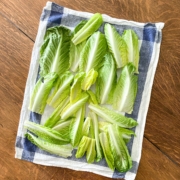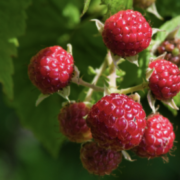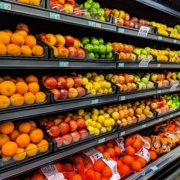Washing Romaine Lettuce Recipe
Tools needed
Water
Earth’s Natural Fruit and Vegetable Wash
Bowl big enough to hold a minimum of 1 gallon of water
Salad spinner bowl or cloth
Romaine lettuce
Timer
Plastic storage bag
1 tsp measuring spoon
Washing steps – Note – Laboratory testing has shown that, due to the increased surface area of the lettuce, increased amounts of concentrated solution and time when being immersed are needed to achieve maximum taste and crispness.
1. Put 2 tsp concentrated wash solution into a bowl (4 pumps with 16oz, 2 caps full with 8oz)
2. Fill a bowl with room temperature water – note bubbling/foaming action
3. Break a stalk in half, and break off the stem
4. Place in water, kneading it until it is submerged in the wash solution
5. Let sit for a minimum of 3 to 5 minutes minimum
Rinsing steps
1. Drain wash solution from the bowl
2. Fill with room temperature water
3. Knead lettuce in the rinse water
4. Drain water from the bowl
Final water removal
1. Place lettuce into a salad spinner (or a cloth spinner)
2. Place cover on, spin for several revolutions
3. Remove lettuce and place in bag appropriate for storage in the refrigerator
Storage / Eating
1. Let the lettuce cool for a minimum of 1 hour to assure a good level of crispness
a. For maximum crispness, allow washed and bagged lettuce to cool in the refrigerator overnight
2. Lettuce is ready to eat immediately or later, depending upon the level of desired crispness.
Warning:
Caution should be taken when you are cutting or eating your romaine lettuce in salads or sandwiches. This warning is based on the fact that most cooks are not used to their lettuce making noises. Once washed using the above methodology, your lettuce will be crispy & noisy every time you move or cut it. Cutting, in particular, makes some rather large crunchy noises. It should be noted that these same crunchy noises will exist in your salads or sandwiches. One customer was so startled that they dropped their sandwich when biting into it! Be aware; this could happen to you!
651.261.0251 [email protected] www.LifesPureBalance.com



